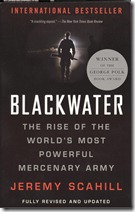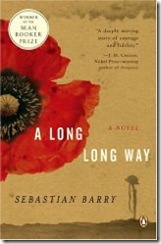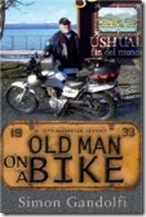by Matthew B. Crawford.
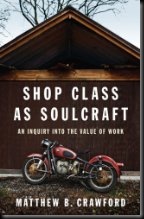 Although most of my professional career was spent being what is euphemistically referred to as a “knowledge worker”, I have long held a great admiration for top-notch trades people, and have always had hands-on hobbies such as vehicle mechanics and cabinet making. And when I say top-notch I’m not talking about the robotic mechanic who simply replaces parts in accordance with the shop manual based on a wild-assed guess of what the problem might be or the readout from a $50,000 diagnostic instrument, but rather the “professional” tradesman who still has the ability to get the feel of a machine, understand what’s happening, and be able to affect repairs in the most timely, effective, and inexpensive manner. In other words, a thinker and problem solver.
Although most of my professional career was spent being what is euphemistically referred to as a “knowledge worker”, I have long held a great admiration for top-notch trades people, and have always had hands-on hobbies such as vehicle mechanics and cabinet making. And when I say top-notch I’m not talking about the robotic mechanic who simply replaces parts in accordance with the shop manual based on a wild-assed guess of what the problem might be or the readout from a $50,000 diagnostic instrument, but rather the “professional” tradesman who still has the ability to get the feel of a machine, understand what’s happening, and be able to affect repairs in the most timely, effective, and inexpensive manner. In other words, a thinker and problem solver.
I can thank my father for that. As a heavy equipment mechanic in a backwoods lumber operation in the 50s and 60s, he was one of the most creative mechanical problem solvers I have ever known. There was always a way, and given the scarcity and expense of parts and the frequent remoteness of the broken machine, that way more often than not would have made MacGyver proud. His was a hard act to follow, and I consider myself lucky to have picked up maybe as much as 50% of his skill in that arena. So nothing gets me more riled than a so-called mechanic who clearly doesn’t know if he’s been bored, punched, or countersunk. Or makes me happier than dealing with one who clearly knows what he’s about, what I’m about, and most importantly, what my particular piece of machinery is about.
Sadly, the former seem to be quickly outnumbering the latter as any young person today with a good head on his or her shoulders is automatically pushed into the academic stream so they too can become just one more knowledge worker occupying a cubicle somewhere for the next 40 years, contributing lots to the corporation’s bottom line, but precious little to society at large (and I know whereof I speak). Truth is, some of those very sharp minds would be happiest with greasy hands and black fingernails if we only gave them the opportunity and encouragement early enough to foster the joy of working with their hands. To do otherwise is just a waste.
And while I used the example of a mechanic, the same applies to any of the trades. I have an acquaintance who is an extremely accomplished cabinet maker who has given up on trying to grow his business because he can’t find young people who share his passion for creativity and hands-on work. Similarly our house builder was always struggling to find trades people who wanted to build the “best” house as opposed to “a” house. And the list can go on and on.
So all that was a very long, rambling preamble to this book I just picked up. What first caught my eye was the photo of a very cool vintage BMW on the front cover. Then the title, Shop Class as Soulcraft: An inquiry into the value of work, hooked me.
From the overleaf: “Based on his own experience as an electrician and mechanic, Crawford makes a case for the intrinsic satisfactions and cognitive challenges of manual work. The work of builders and mechanics is secure; it cannot be outsourced, and it cannot be made obsolete.”
The author is a motorcycle mechanic specialising in vintage bikes, but he didn’t start as that. He started with a PhD in political philosophy and a senior executive position with a Washington think tank. That lasted all of 5 months before he quit to open his bike shop.
It’s not an easy read (I blame his PhD for the fact the book has a fog index of approximately 14), but Crawford hits right at the core of something that is becoming a huge problem. I found myself repeatedly nodding in agreement or, to my wife’s chagrin, reading out chapter and verse accompanied by a “that’s what I’ve been saying all along” and getting the requisite “Yes dear” in response.
It’s not for everybody, but if you’ve ever considered the relative values of manual work versus brain work, Crawford very effectively challenges the conventional wisdom that working with one’s hands is somehow a lesser calling.
Highly recommended.
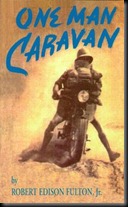 ““Oh no,” I replied. “I’m going around the world on a motorcycle.””
““Oh no,” I replied. “I’m going around the world on a motorcycle.”” 
